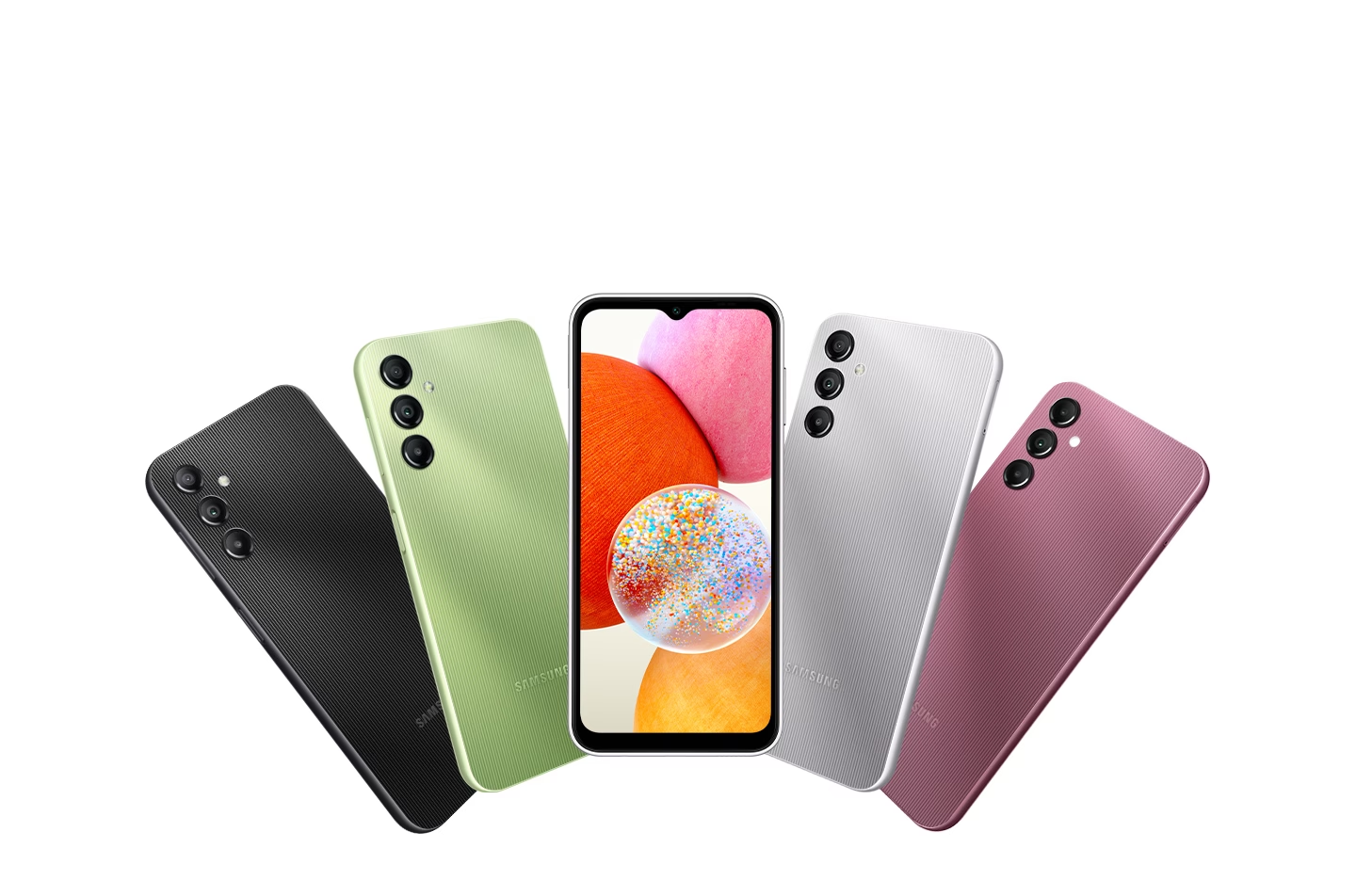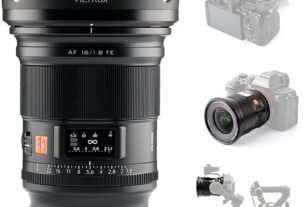In the fast-paced world of smartphones, where flagship models grab the limelight with grand launches and high-end features, it’s a somewhat surprising revelation that the best-selling Android phone in the world hails from the mid-range category. Samsung’s Galaxy A14, part of the Galaxy A series, has managed to secure this prestigious position, and it’s a more significant accomplishment than one might initially think. Let’s delve into why this budget-friendly smartphone has become such a hit, with a staggering 30 million units sold annually.
A Smartphone Sales Trend Worth Noting
Before diving into the Galaxy A14’s success, it’s essential to acknowledge a prevailing trend in the smartphone market. When you scrutinize annual smartphone sales charts, you’ll notice a recurring pattern. The top ten positions are almost always dominated by iPhones, but there’s a notable exception – the Galaxy A series from Samsung. Particularly, the Galaxy A10 series stands out, and later, the Galaxy A0 series also makes an appearance.
While it’s evident that Apple’s iPhones maintain a significant market presence, Samsung’s achievement in this context is even more remarkable. Apple typically releases only four iPhone models each year. In contrast, Samsung’s diverse lineup includes around 50 different models, spanning various series such as S, M, and Z. To have one of these 50 models, like the Galaxy A14, rank fourth in global smartphone sales with 30 million units sold annually is nothing short of astonishing.
A Price That Appeals to the Masses
One of the most compelling factors contributing to the Galaxy A14’s immense popularity is its price point. The smartphone is available for approximately $150, making it a remarkable value proposition considering the features it offers. For this price, users get a 6.6-inch 1080p display, the latest Android 13, a 50-megapixel main camera, a massive 5,000mAh battery, and more.
The affordability of the Galaxy A14 immediately catches the eye, and its appearance often belies its low cost. Its 1080p display, substantial battery capacity, and other essential features make it an enticing choice for budget-conscious consumers. In fact, the phone’s design alone gives it an impression of being worth much more than its actual price.
Strategic Software Streamlining
Samsung’s ability to keep the Galaxy A14’s price low extends beyond its hardware choices. The smartphone runs on Samsung’s One UI Core 5, a streamlined version of their user interface. This simplified software approach allows Samsung to reduce development and maintenance costs, enabling them to offer the phone at a competitive price point.
One UI Core 5 lacks some of the “nice-to-have” features found in the full-fledged One UI, but it ensures smooth and efficient operation. With fewer features to maintain, software updates become more straightforward, and there’s less room for issues to arise. This approach not only lowers manufacturing costs but also keeps ongoing support manageable.
Global Availability and Targeted Marketing
Another key aspect of the Galaxy A14’s success is its global availability. Unlike many budget and mid-range Android phones that are limited to specific regions, Samsung has made sure that the Galaxy A series, including the A14, is accessible worldwide. Leveraging their extensive distribution channels and established brand image, Samsung has secured prime positions for these phones in stores across continents.
Samsung’s marketing strategy for the Galaxy A14 is tailored to appeal to a broad audience. The company’s marketing materials focus on regions where tech literacy may be lower, and potential customers may not be as tech-savvy. Rather than delving into technical details, the marketing highlights essential features in a straightforward manner. This approach resonates with a vast segment of the global population that doesn’t prioritize the latest and greatest tech specs but seeks a reliable and affordable smartphone.
Design and Broad Appeal
Design plays a significant role in the Galaxy A14’s appeal. Unlike Apple’s strategy of distinctly differentiating their budget-friendly models from their flagship counterparts, Samsung adopts a different approach. The Galaxy A series closely mimics the design language of the more expensive Galaxy S series. They ensure that even entry-level phones have multiple cameras and a premium matte textured back, giving them the appearance of pricier devices.
This strategy creates a smooth gradient within Samsung’s product lineup. Each price increment, typically $30 to $50, offers a new model with slightly better features. As a result, most consumers tend to start their smartphone search in the mid-range, and from there, they can easily move up or down the scale based on their needs and budget. This structure makes the Galaxy A14, positioned just above the lowest tier, feel like a sweet spot for many buyers.
Inclusivity and User-Friendly Features
To cater to a diverse range of users, the Galaxy A14 incorporates several user-friendly features. It includes a Micro SD card slot for affordable storage expansion and retains the increasingly rare headphone jack, allowing users to stick with their existing wired headphones. Moreover, the smartphone boasts exceptional battery life, which is particularly appealing to those with jobs that don’t provide easy access to charging throughout the day.
Samsung’s strategy here is to make the Galaxy A14 as inclusive as possible, ensuring it can fit into various lifestyles and preferences. This inclusivity, combined with affordability and a premium appearance, broadens the phone’s appeal.
Frictionless Accessory Ecosystem
Interestingly, the Galaxy A14 exemplifies how Samsung intentionally streamlines the accessory ecosystem for budget phones. While flagship devices come with a plethora of expensive accessories, the A14 offers fewer and more affordable options. Samsung understands that buyers of budget smartphones are less likely to invest heavily in accessories. This strategy aligns with the principle that the less you invest in your phone, the less you should have to spend on extras.
Upgrade Cycles and Data Breach Concerns
One caveat to consider with budget phones, including the Galaxy A14, is their shorter lifespan. Unlike flagship models, which are designed to last several years, budget phones often see more frequent upgrades. Some users in certain markets upgrade their phones as frequently as every six months. This shorter upgrade cycle may be due to the perception that budget phones are more disposable, making users less hesitant to replace them frequently.
Additionally, budget phones typically receive shorter software support. While Samsung’s flagship phones promise four years of software upgrades, the Galaxy A14 only receives two years of support. This shorter support period, combined with the frequent upgrade cycle, encourages users to transition to newer models more frequently.
It’s worth noting that, while budget smartphones like the Galaxy A14 are more affordable, they can still offer a compelling user experience for a significant portion of the global population.
In conclusion, the success of Samsung’s Galaxy A14 as the world’s best-selling Android phone hinges on several factors, including affordability, global availability, targeted marketing, design appeal, user-friendly features, and a simplified software approach. By striking the right balance and catering to a broad audience, Samsung has carved out a unique position in the smartphone market, proving that budget-friendly devices can hold their own against flagship competitors. The Galaxy A14 exemplifies how, in the world of smartphones, more expensive doesn’t always equate to better, and sometimes, the best value can be found in the mid-range.





